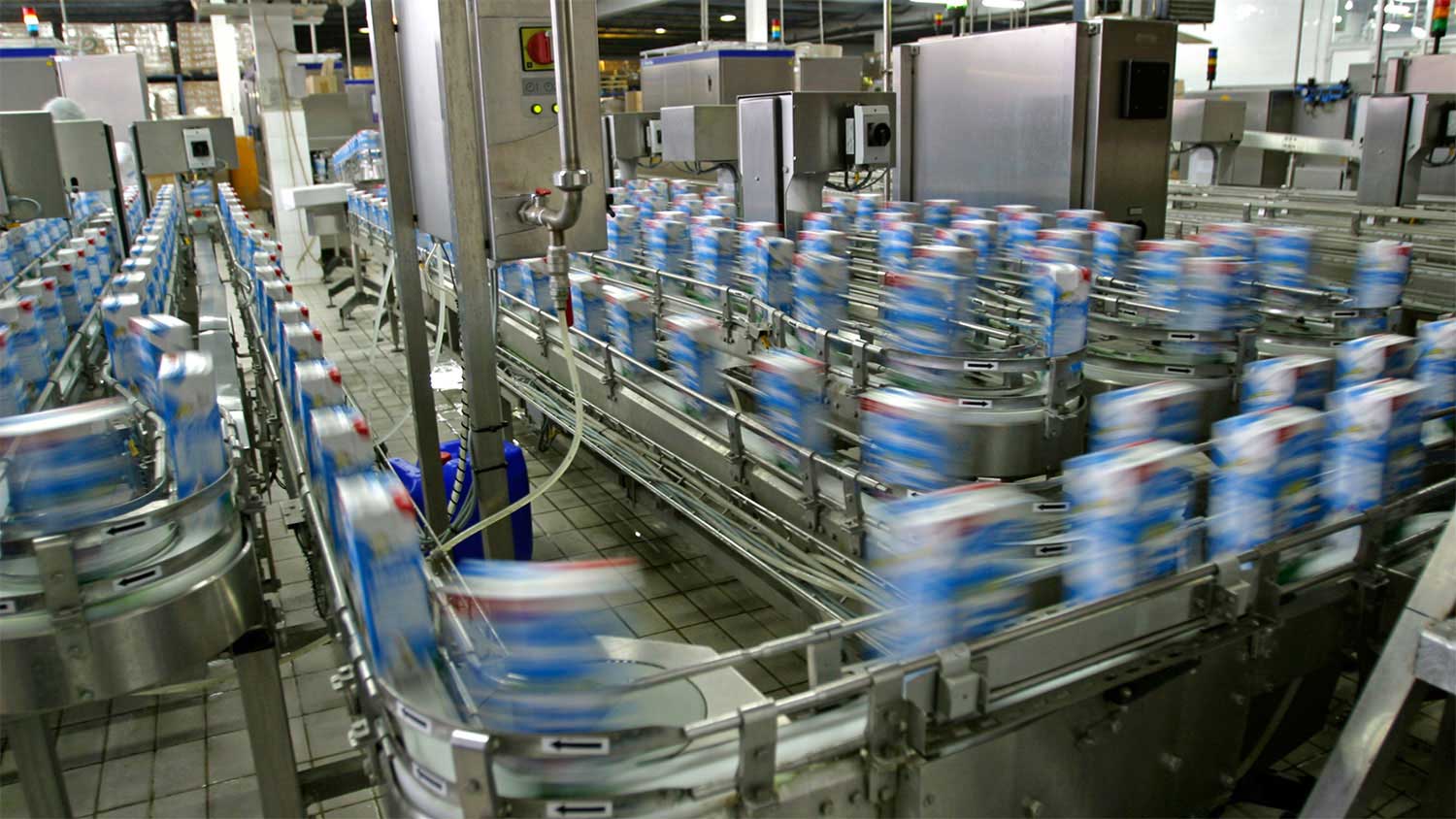Water and technology: how are advancements placing greater demands on water consumption?
Thursday 1st May 2025

Technology is changing the world of work in all areas. But have you thought about how it’s affecting water consumption?
From the rise of AI to the rapid growth of cloud computing and electric vehicles, innovation is showing no sign of slowing down. But while the spotlight often shines on electricity use, natural resource exploitation and carbon emissions, there’s another crucial resource being quietly stretched to its limits: water.
As we embrace smarter, faster and more connected technologies, the hidden water cost of technology is growing. This places increased pressure on both businesses and the environment.
The water behind the tech boom
It may be surprising to learn just how water-intensive modern technologies can be. From powering digital infrastructure to manufacturing the latest gadgets, water is a key feature in many tech settings. This includes:
- Data centres: Big, powerful servers at data centres run continuously 24/7. In order to prevent overheating they require vast amounts of water to keep servers cool. As demand for cloud services, video streaming and AI increases, so does the water needed to support them.
- Electric vehicle and battery production: The mining, refining and cooling processes involved in the manufacture of batteries require significant water input.
- Semiconductors and microchips: Manufacturing chips used in everything from smartphones to medical devices involves some of the most water-intensive processes in the tech sector.
- Advanced manufacturing: Pharmaceutical labs, electronics factories and biotech firms all rely on large volumes of ultra-pure water for production, testing and cleaning. The wastewater from manufacturing also requires energy-intensive treatment to ensure that pollutants are removed and do not contaminate the wider water supply.
As technological progress accelerates, water consumption is quietly increasing behind the scenes. For these organisations, negotiating the best business water prices is critical. And for companies not aware of the cost of their reliance on technology, understanding this issue is important too.
.jpg?sfvrsn=a308f62f_1)
The digital infrastructure you can’t see
It's easy to forget that every online search, cloud backup or streamed video comes with an environmental cost. While electricity is often the focus, data centres also draw heavily on water for cooling. This digital water footprint can go unnoticed but contributes significantly to global water use.
To put this into context, a mid-sized data centre is estimated to consume the same amount of water per day as three hospitals in the UK. In fact, around the world, 850 million litres of water is utilised each day by data centres.
A sustainability challenge for modern business
Balancing innovation with environmental responsibility is one of the biggest challenges of our time. As organisations expand their digital capabilities, there's a growing need to monitor and manage water consumption just as closely as energy.
Failing to do so can lead to:
- Higher operational costs
- Reputational risks in sustainability reporting
- Greater exposure to climate-driven water scarcity
Whether you’re in manufacturing, logistics or simply operating a digitally enabled business, there are a number of practical strategies you can put in place to manage and reduce water consumption. These include:
1. Conduct a water footprint audit
Start by assessing where, when and how your organisation uses water in:
- Direct usage (e.g. production lines, cooling systems, cleaning)
- Indirect usage (e.g. cloud storage, outsourced manufacturing, supply chain operations). An audit provides a baseline, helping you identify inefficiencies, unexpected spikes, and areas where water-saving measures can be implemented.
2. Upgrade to water-efficient equipment
Switching to modern, water-efficient systems can make a big impact. These can include:
- Cooling technology for data centres or industrial processes
- Low-flow fixtures in offices, kitchens and bathrooms
- Closed-loop systems that recycle water within operations
Smart upgrades have the potential to reduce both usage and costs whilst also futureproofing your infrastructure.
3. Implement on-site water recycling and reuse
Wherever possible, businesses should treat and reuse wastewater for non-potable applications, such as:
- Flushing toilets
- Landscape irrigation
- Cooling or industrial cleaning processes. This approach reduces demand on fresh water sources and supports circular resource use
4. Use smart water meters and monitoring systems
Real-time usage data allows businesses to:
- Spot leaks and anomalies immediately
- Identify high-usage areas
- Track performance against reduction targets. Smart metering empowers data-driven decision-making and supports environmental reporting
5. Engage teams and foster a water-conscious culture
Human behaviour plays a big role in water consumption and so it is crucial to encourage sustainable practices within your organisation if you hope to reduce waste and improve environmental responsibility. This includes:
- Training staff on water efficiency
- Creating awareness campaigns and usage goals
- Incentivising departments or teams to find and implement savings
Even in tech-heavy environments, everyday awareness can make a difference. At the very least, introducing staff to the idea that there is a price to pay for tech usage is a valuable starting point.
6. Collaborate with an environmentally focused water supplier
Your water supplier can be a key partner in your sustainability journey. As we always say at Everflow, finding the right partner can help you not only save money but also gain greater visibility over consumption in the shape of:
- Usage analysis and consultancy support
- Sustainability insights
- Tariffs and plans tailored to efficiency and conservation
Whether you're running a tech-based company or simply scaling up your digital infrastructure, we’ll help you understand and control your water use at Everflow